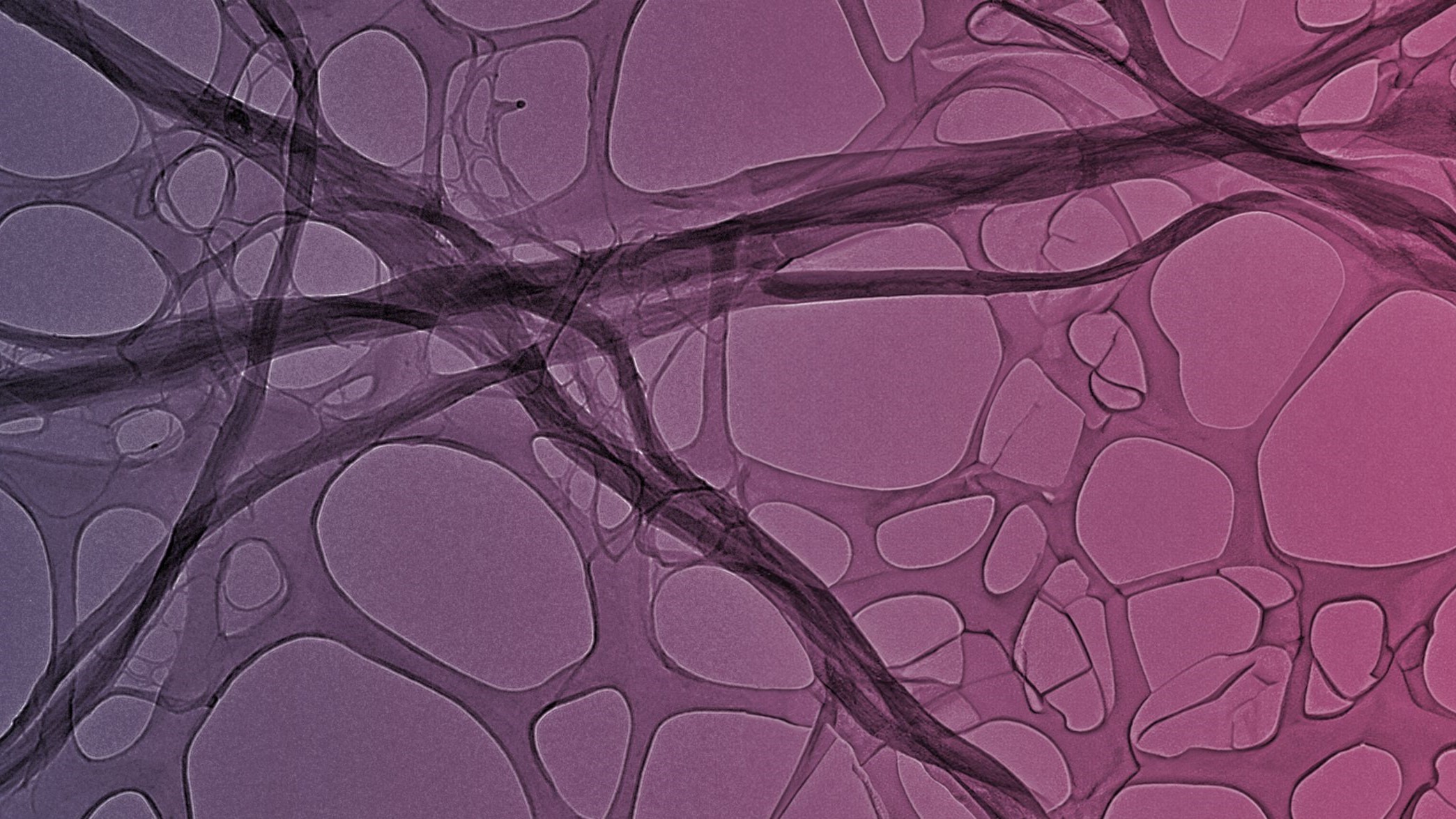DESIDERATA: Advancing Safe and Sustainable by Design material innovation through collaborative wisdom

DESIDERATA aims to test and validate the European Commission’s Safe and Sustainable by Design (SSbD) framework on selected industrial use cases that are already at TRL4 and which will aim at substituting Substances of Concern (SoC) with surfactant, plasticising and flame retardant properties. The twofold aim will firstly generate a remarkable impact, by advancing industrial value chains in the domain of construction, injection moulding, 3D printing, etc., by providing tangible advancement for SoC substitution for which there are no currently available solutions on the market. Secondly, the lessons learnt will support policymakers in continuing shaping the SSbD framework, improving its applicability and fostering its wider application in the European chemical and material manufacturing sector.
Context
The growing urgency to eliminate hazardous chemicals and materials in manufacturing, aligned with EU Green Deal objectives, underscores the importance of integrating sustainability, safety, and circular economy principles. Surfactants, flame retardants, and plasticisers are essential in many industrial processes, yet several commonly used substances in these categories —such as MCCPs, halogenated flame retardants, and aluminium-based surfactants— are classified as Substances of Concern (SoC) due to their potential environmental and health impacts. In line with the EU Chemicals Strategy for Sustainability, there is growing pressure to replace these hazardous chemicals with safer, sustainable alternatives.
To guide this transition, the European Commission has introduced the Safe and Sustainable by Design (SSbD) framework, promoting the integration of safety, sustainability, and circularity throughout the life cycle of materials. However, applying this framework in practice —especially in performance-critical applications— remains a challenge. Despite growing awareness, industrial uptake of SSbD remains limited due to complexity, lack of tailored solutions, and insufficient data interoperability.
The DESIDERATA project addresses these gaps by developing and validating SSbD-compliant alternatives for high-impact industrial uses, and fostering collaboration between industry, academia, and policymakers. The main goal is to demonstrate that safer solutions can meet technical demands while aligning with regulatory and market expectations.
Summary and objectives
DESIDERATA pursues a twofold mission: to develop and validate SSbD-compliant chemical and material alternatives to currently used hazardous substances, and to provide policymakers with refined recommendations for improving and mainstreaming the SSbD framework across the European chemical and materials sector.
The project is structured across nine coordinated Work Packages (WPs), each addressing a specific dimension of its implementation:
- WP1: Project Management – Oversees the overall coordination of the consortium, ensuring timely delivery, budget control, and alignment with project goals.
- WP2: Use case design and implementation – Focuses on selecting and developing industrial case studies where Safe and Sustainable by Design (SSbD) principles will be applied and demonstrated.
- WP3: Sustainability assessment – Conducts environmental, economic, and social sustainability evaluations across the value chain using Life Cycle Assessment and related tools.
- WP4: Human and environmental safety – Evaluates the toxicological and environmental safety profiles of new materials using both experimental and predictive approaches.
- WP5: SSbD framework assessment, demonstration and refinement – Applies, validates, and updates the SSbD framework based on results from Use Cases and stakeholder feedback.
- WP6: Exploitation and innovation management – Supports market readiness, exploitation strategies, and the integration of innovation into industrial processes.
- WP7: Data interoperability and management – Ensures harmonised, secure, and transparent data handling to support cross-sector collaboration and reproducibility.
- WP8: Stakeholder engagement and policy support – Manages engagement with industry, policymakers, and the public to maximise impact and promote adoption of SSbD solutions.
- WP9: Communication and dissemination – Leads the promotion of project goals, raise awareness of the importance of innovative alternatives for substances of concern, and support the adoption of the SSbD framework.
This structure ensures that DESIDERATA delivers both scientific innovation and real-world applicability, while actively contributing to policy development and industry transformation. To achieve these goals, the project will focus on five general objectives:
- Demonstrate and provide proof-of-concept for the SSbD framework in industrial environments, supporting policy engagement.
- Develop novel SSbD-compliant substances and materials for real-world industrial applications.
- Ensure interoperable data sharing across value chains through harmonised systems.
- Promote the adoption of safer and sustainable substances across European industry.
- Maximise project impact through collaboration with industry stakeholders and citizens.
In addition, to further these goals DESIDERATA will, among others, advance five use cases (for surfactants, plasticisers, and flame retardants) from TRL 4 to TRL 6-7; implement predictive toxicology and risk assessment using high-throughput in vitro and in silico methods; build a “Trusted Environment” digital platform to facilitate secure, multi-stakeholder data Exchange; or conduct socio-economic and life cycle assessments, including social LCA and stakeholder engagement.
Project Consortium
- LUXEMBOURG INSTITUTE OF SCIENCE AND TECHNOLOGY (Luxembourg) – Coordinator
- GRAPHENE-XT SRL (Italy)
- LATI INDUSTRIA TERMOPLASTI SPA (Italy)
- MONOLITHOS KATALITES KE ANAKIKLOSI ETAIREIA PERIORISMENIS EVTHINIS (Greece)
- IVL SVENSKA MILJOEINSTITUTET AB (Sweden)
- ITENE- Instituto Tecnológico del Embalaje, Transporte y Logística (Spain)
- UNIVERSIDAD DE BURGOS (Spain)
- FUNDACION GAIKER (Spain)
- ENTELOS INSTITUTE LTD (Cyprus)
- NANOTECHNOLOGY INDUSTRIES ASSOCIATION (Belgium)
- BRIMATECH RESEARCH GGMBH (Austria)
- PHOENIX-OITB gGmbH (Germany)
- FACTOR SOCIAL – CONSULTORIA EM PSICO – SOCIOLOGIA E AMBIENTE LDA (Portugal)
- TAMPEREEN KORKEAKOULUSAATIO SR (Finland)
- NEOVILI SAS (France)
- TEMAS SOLUTIONS GMBH (Switzerland)
ITENE’s Role
ITENE plays a key role in DESIDERATA project, contributing with its expertise in environmental release and exposure campaigns and modelling, to support the Safe and Sustainable by Design (SSbD) framework. ITENE is involved in multiple tasks within Work Package 4, focusing on safety and sustainability evaluation of new materials across their life cycles as well as leading the task 4.2.
Its main activities include:
- Task 4.1 – Literature review and safety screening: Supporting the identification of hazardous properties of chemicals used in the project’s Use Cases. This includes reviewing regulatory classifications and applying predictive tools like QSARs and read-across methods. Data will be processed using advanced simulations and machine learning to build a knowledge graph that helps identify gaps and guide further testing.
- Task 4.2 – Exposure assessment along the life cycle: Leading the identification of exposure risks throughout the production, use, and disposal phases of materials. By applying computational tools, material flow models, and established frameworks, ITENE will assess exposure scenarios for workers, consumers, and the environment, and contribute to developing a predictive AI tool for life-cycle exposure screening. To ensure consistency, a harmonised system based on ECHA use maps will support identifying environmental release categories across the consortium.
- Task 4.3 – Human health safety assessment: Contributing to evaluating the human toxicity of materials using in vitro tests and New Approach Methodologies (NAMs). These assessments feed into integrated testing strategies and support regulatory endpoints such as mutagenicity, sensitisation, and acute toxicity, contributing to animal-free safety evaluations.




